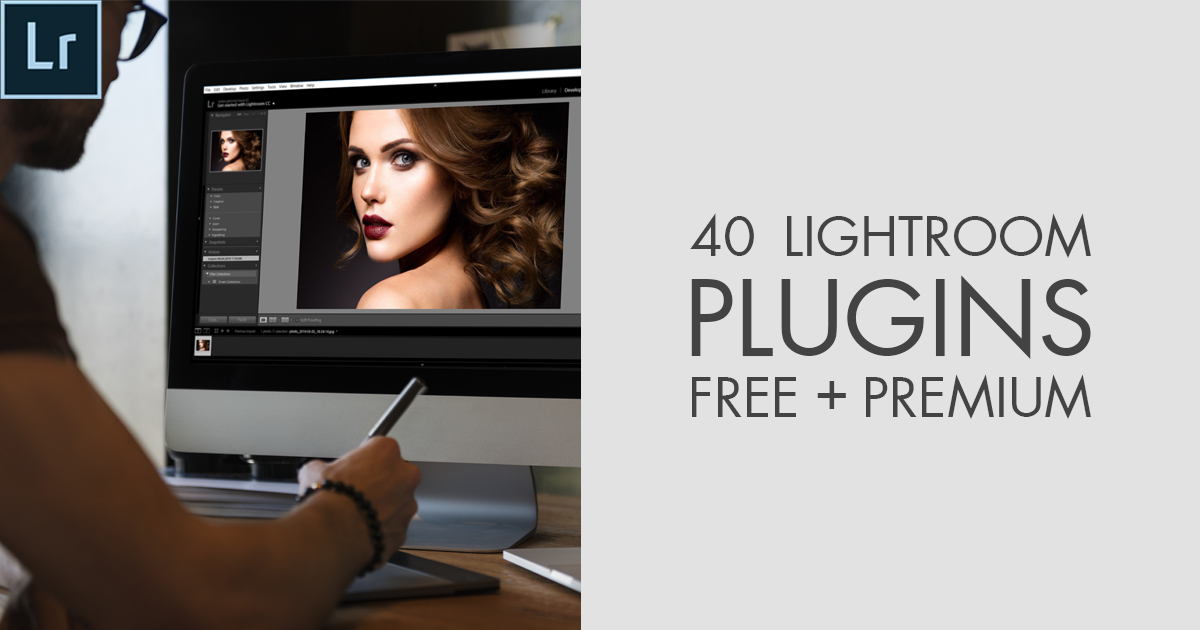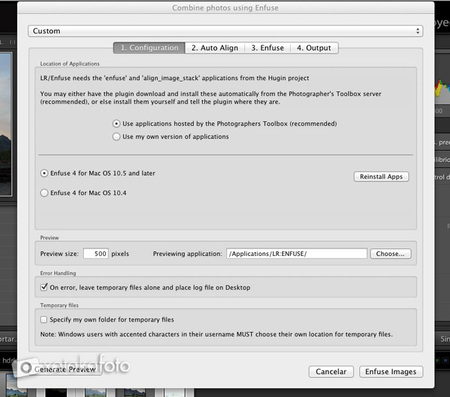


As for JPEG, lowering the “quality” setting will visibly increase compression artifacts.
Lr enfuse exports blurry software#
As before, ZIP compression does not harm a TIFF file, though some rare software options cannot open it properly.

However, for outputting at maximum image quality – to edit in other software on your own computer – ProPhoto maintains the widest possible range of colors in your photo without clipping. Never let a ProPhoto image loose in the wild unless you really know what you’re doing. Old software occasionally has issues opening compressed TIFFs, but this is unusual. However, note that compression can make it slightly slower to open and work with a file. This shrinks file size without impacting image quality at all. PSD has the largest file size of the three and may not open in non-Adobe software. DNG has the smallest file size, but it only shows your edits in other Adobe software. They also produce huge file sizes, in the range of 200 MB or more.īut there is one very good reason to export images at maximum quality: you’re not done editing them! If there’s still more work to do on a photo in other post-processing software, you definitely don’t want to throw out that photo’s data prematurely.įor now, you can ignore all the export options except numbers 4, 5, and 6 – File Settings, Image Sizing, and Output Sharpening. And that’s simply because the settings which maintain as much image quality as possible do not work well for printing, and especially not for web usage. Interestingly, this is actually the least common scenario – exporting photos from Lightroom for maximum image quality. Next, I’ll explain my recommended Lightroom export settings for three common scenarios: exporting for maximum image quality, for printing, and for web use. Post-Processing: Decide where to open your final photo (i.e., in what other software program) after Lightroom finishes exporting it.Watermarking: Add a watermark to your desired position within a photo.Metadata: Control what additional information about a photo gets stored within its file, like the camera settings, copyright information, and location details.Output Sharpening: Very basic global sharpening adjustment upon export.Image Sizing: Simply the final resolution of your photo (number of pixels wide and tall), with various ways to calculate that number.These are all very important to maximizing your final photo’s image quality File Settings: Here, you select file type (JPEG, TIFF, etc.), color space, and image compression settings.Video: Not applicable to this discussion.File Naming: A flexible option that lets you name your photo upon export, either to a custom file name or a naming preset (including almost limitless choices for creating new presets).Also, you get to choose what happens when you export a photo to the same place twice
Lr enfuse exports blurry plus#
You simply select where you want to output the photo, plus whether you want to add the photo to the Lightroom catalog you’re working with.


 0 kommentar(er)
0 kommentar(er)
